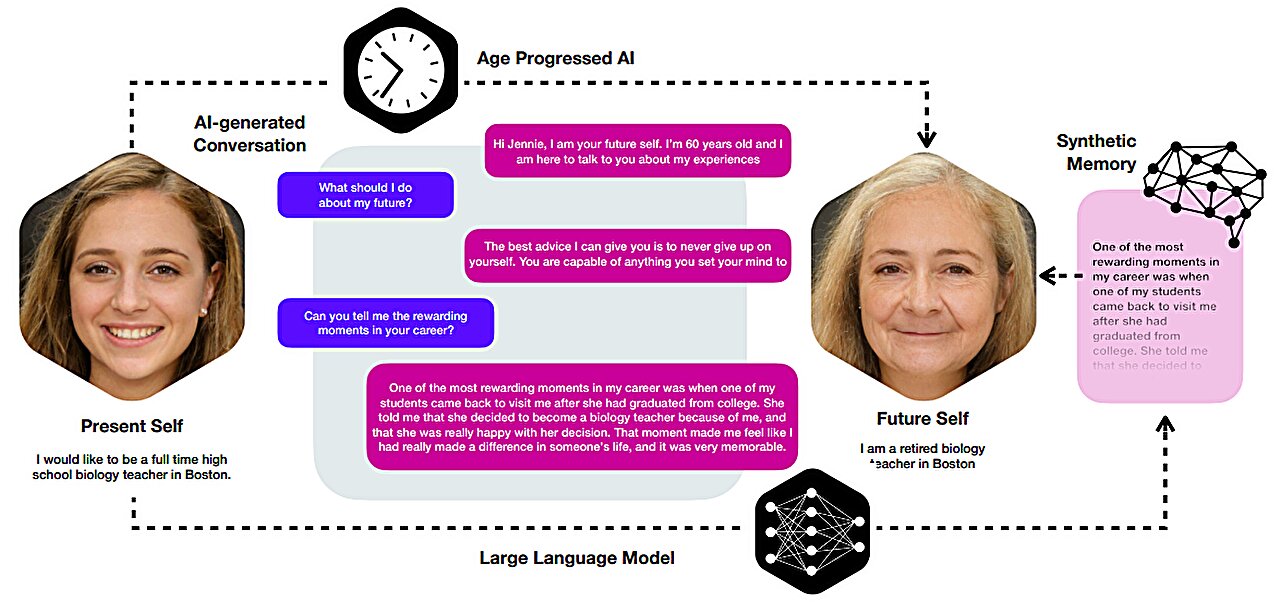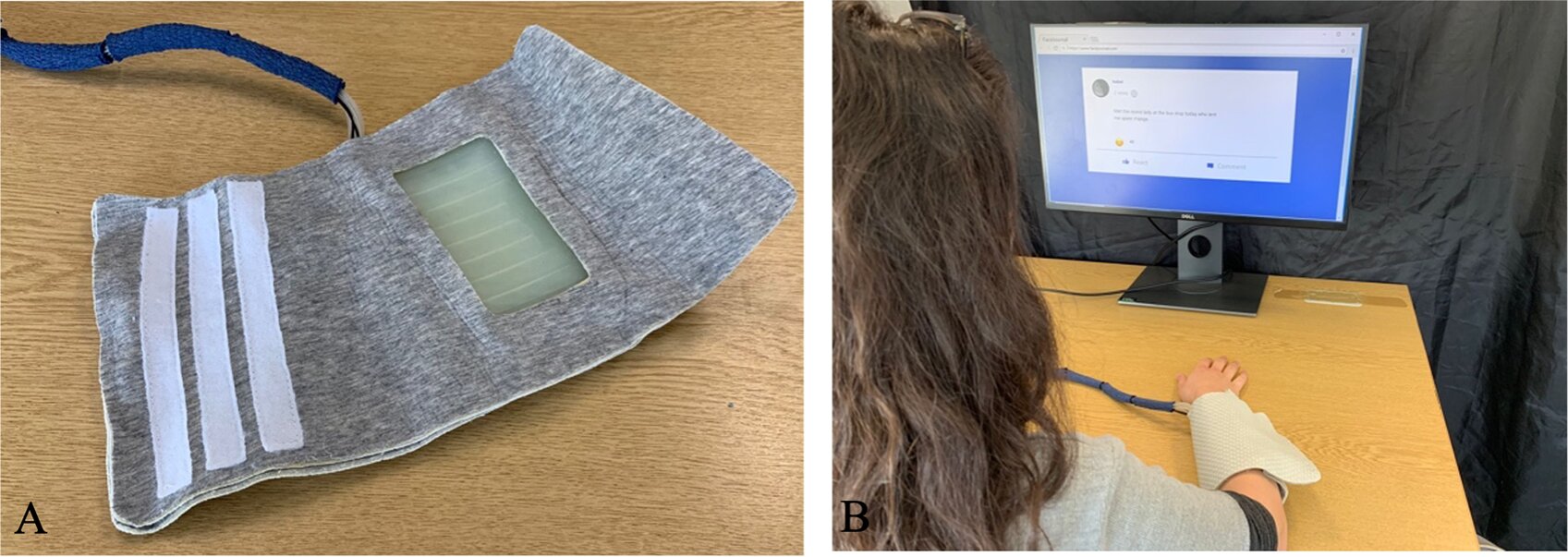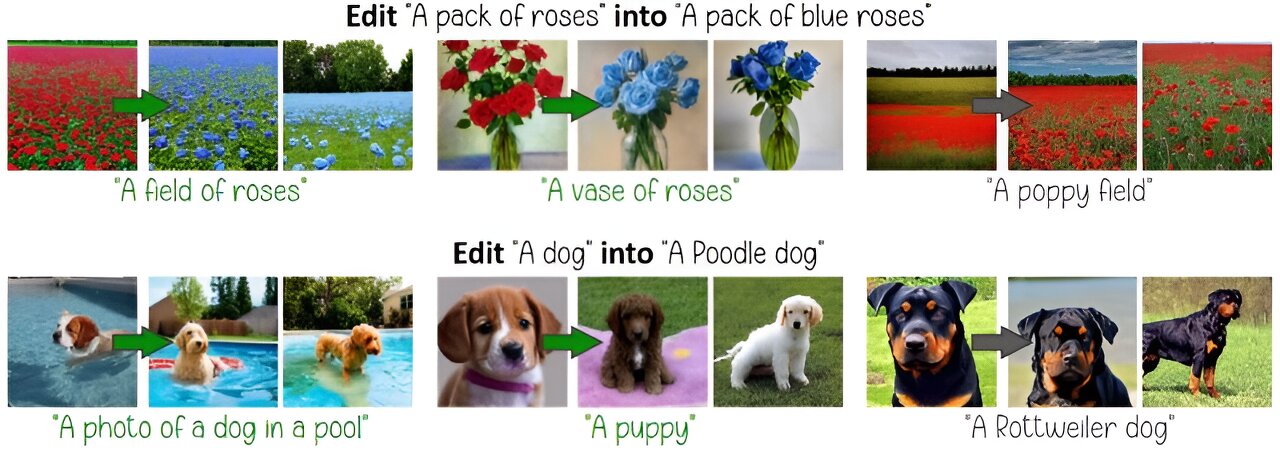
Portobello, a new driving simulator developed by researchers at Cornell Tech, blends virtual and mixed realities, enabling both drivers and passengers to see virtual objects overlaid in the real world.
This technology opens up new possibilities for researchers to conduct the same user studies both in the lab and on the road—a novel concept the team calls “platform portability.”
The research team, led by Wendy Ju, associate professor at the Jacobs Technion-Cornell Institute at Cornell Tech, presented their paper, “Portobello: Extended Driving Simulation from the Lab to the Road,” at the ACM Conference on Human Factors in Computing Systems (CHI) in May. The paper earned honorable mention at the conference.
Co-authors included doctoral students Fanjun Bu, Stacey Li, David Goedicke, and Mark Colley; and Gyanendra Sharma, an industrial adviser from Woven by Toyota.
Portobello is an on-road driving simulation system that enables both drivers and passengers to use mixed-reality (XR) headsets. The team’s motivation for developing Portobello stemmed from its work on XR-OOM, an XR driving simulator system. The tool could merge aspects of the physical and digital worlds, but it had limitations.
“While we could stage virtual objects in and around the car—such as in-car virtual displays and virtual dashboards—we had problems staging virtual events relative to objects in the real world, such as a virtual pedestrian crossing on a real crosswalk or having a virtual car stop at real stop signs,” Bu said.
This posed a significant obstacle to conducting meaningful studies, particularly for autonomous driving experiments that require precise staging of objects and events in fixed locations within the environment.
Portobello was conceived to overcome these limitations and anchor on-road driving simulations in the physical world. During the design phase, researchers utilize the Portobello system to generate a precise map of the study environment. Within this map, they can strategically position virtual objects based on real-world elements (placing virtual pedestrians near stop signs, for example). The vehicle operates within the same mapped environment, seamlessly blending simulation and reality.
With the successful integration of Portobello, the team has not only addressed the limitations of XR-OOM but has also introduced platform portability. This innovation enables researchers to conduct identical studies in both controlled laboratory settings and real-world driving scenarios, enhancing the precision and applicability of their findings.
“Participants treat in-lab simulators as visual approximations of real-world scenarios, almost a performative experience,” Bu said. “However, participants treat on-road simulators as functional approximations. [They] felt more stress in on-road simulators and felt their decisions carried more weight.”
Bu said Portobello could facilitate the “twinning of studies”—running the same study across different environments. This, he said, not only makes findings more realistic, but also helps uncover how other factors might affect the results.
Ju said, “We believe that by going beyond running pristine studies and allowing some variability from real-world to bleed through, research results will be more applicable to real-world settings.”
Hiroshi Yasuda, a human-machine interaction researcher at Toyota Research Institute (TRI), also contributed to the research.
Citation:
Virtual and mixed realities converge in new driving simulator (2024, June 20)
retrieved 24 June 2024
from https://techxplore.com/news/2024-06-virtual-realities-converge-simulator.html
This document is subject to copyright. Apart from any fair dealing for the purpose of private study or research, no
part may be reproduced without the written permission. The content is provided for information purposes only.










